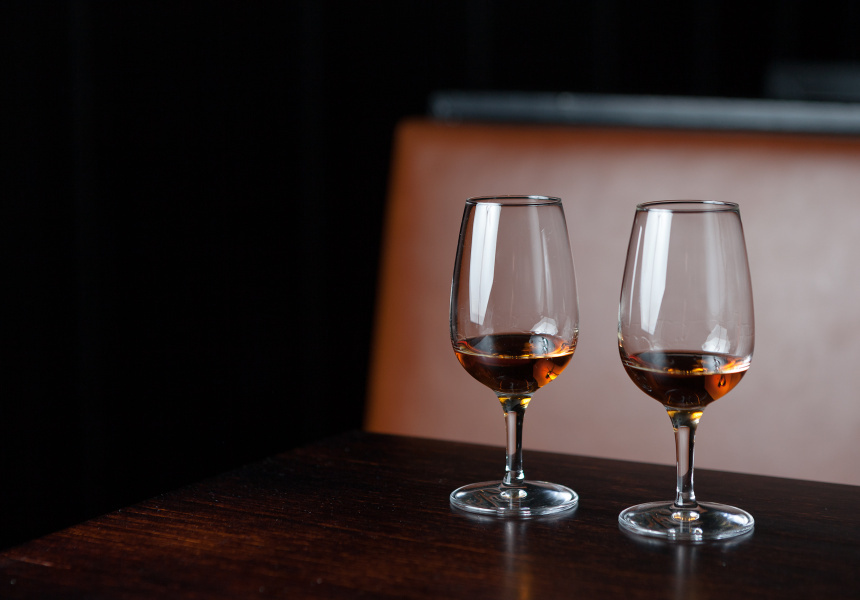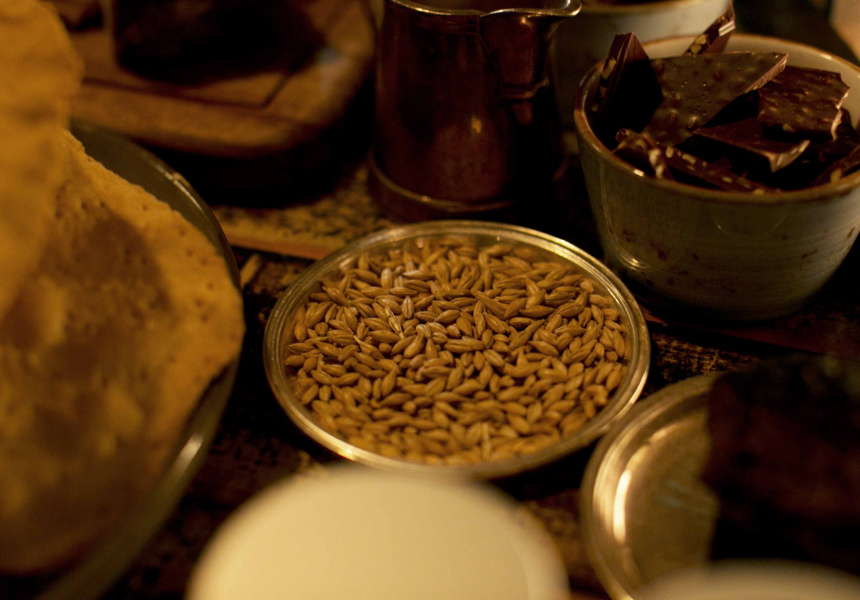Whiskey is synonymous with indulgence: it’s a spirit you imagine being served to lords and ladies in oak-panelled libraries or shared selectively among trendsetting urbanites in hard-to-find speakeasys.
But how did whiskey gain this reputation? It’s really the drink’s intricate production process that endears it to so many discerning drinkers. According to Thalita Alves, Woodford Reserve ambassador and award-winning bartender at The Gresham, there are five key sources of flavour that can be tweaked in countless ways to create a spirit of unrivalled complexity – for example, Woodford Reserve whiskeys have more than 200 identifiable flavour notes.
Here’s a guide to the different ways that whiskey gets its flavour.
Never miss a Perth moment. Make sure you're subscribed to our newsletter today.
SUBSCRIBE NOWGrain
Whiskey is made from different grains which give the drink its foundational flavour profile. Bourbon, for example, is made from 51 per cent or more of corn, while rye whiskey is made from 51 per cent or more of rye.
Woodford Reserve’s Distillers Select is made predominantly with corn, but it contains 18 per cent rye, balancing smooth and full-bodied notes that are best drunk neat or on the rocks. “Our rye, on the other hand, is a really spicy, flavourful, complex grain,” says Alves. “It’s great neat, but it definitely works quite well in cocktails because it gives the mixologist a lot of space to be creative and add sweet components. Otherwise, it suits classic cocktails such as a Manhattan or a good Old Fashioned.”
Water
How much difference can water make? Quite a lot, it turns out. It’s one big reason why Woodford Reserve whisky is made exclusively in Kentucky, the birthplace of bourbon. “We only use locally sourced water that is naturally filtered through limestone,” Alves says. “It’s an essential component in all our whiskeys.”
Fermentation
Many of the notes you taste in a good whiskey is down to fermentation. After the grain and water have been combined and heated, yeast is added to the mix to create alcohol. Fermentation time varies depending on atmospheric conditions (ie. summer or winter), the grain being used and the alcoholic percentage required.
“We time this stage very carefully,” says Alves. “Anywhere from five to seven days. It’s enough time to develop some floral, fruity and bread notes.”
Distillation
Distillation refers to each time a whiskey is heated, condensed, and collected. After fermentation, the alcohol vapours are separated by heating, then captured, cooled and condensed. “This is another key moment,” says Alves. “When it comes to bourbon, you will see many people using continuous distillation, but our whiskey comes from a careful batching process of triple copper distilling. It adds a very interesting character.”
The size of the still and the number of times the liquid is distilled will affect its flavour.
Maturation
To qualify as bourbon, the distilled liquid must be entered into new, charred, white oak barrels. When it comes to flavour, the maturation step – when the distilled whisky is decanted into barrels and left alone – is perhaps the most important source of all. “Up to 70 per cent of the flavour will be formed during that maturation process,” says Alves.
It’s also where Woodford Reserve’s colours come from. “There are no additives, colouring or flavouring elements,” says Alves. “We have so much happening in these barrels, and because we understand how important that moment is, we only age our liquid in barrels of our own making.”
When the bourbon is ready to be sold, it’s transferred into a second virgin oak barrel that has been heavily toasted. This then matures for an additional 9 to 12 months. “By toasting it we’re going to really caramelise the flavours in the wood,” says Alves. “The interaction between the whiskey and that second barrel will in fact highlight the sweet aromatics making it a dessert in its own right.”
This article is produced by Broadsheet in partnership with Woodford Reserve.




